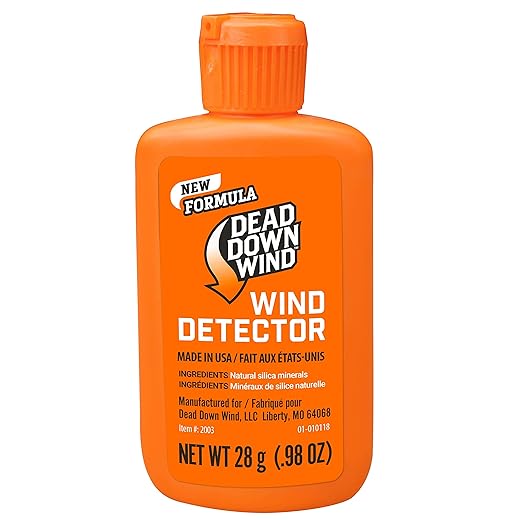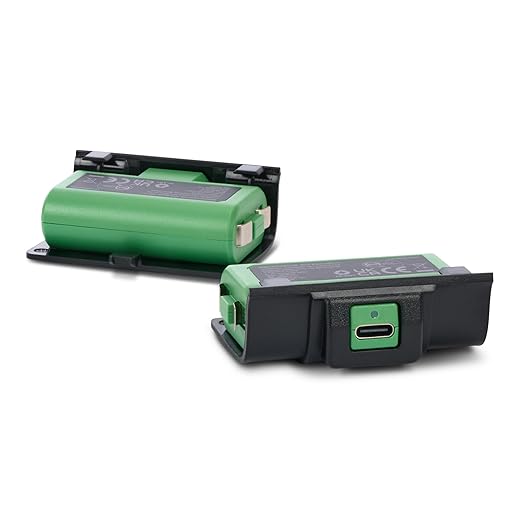In our step-by-step guide, we will explore the fascinating world of vertical wind turbines and show you how to calculate their energy output. Whether you’re a renewable energy enthusiast or simply curious about how these innovative devices work, our guide will provide you with the knowledge and tools to determine the energy generated by a vertical wind turbine. Join us as we demystify the calculations and empower you to understand the potential of this sustainable energy source.
Top-selling vertical wind turbines
Understand the Basics of Vertical Wind Turbine
Vertical wind turbines are a type of wind turbine that have their rotor shaft mounted vertically, which differentiates them from horizontal-axis wind turbines (HAWTs). The design of vertical wind turbines consists of a tall mast or tower and multiple vertical blades that rotate around a central axis. When wind blows against the blades, they capture the kinetic energy of the wind and convert it into rotational energy. This energy is then used to power a generator, which produces electricity.
Gather the Required Data
To gather the required data, we need to identify the necessary information. Start by determining the wind speed at the location where the turbine will be installed. This can be done by consulting wind resource maps or using an anemometer to measure the local wind speed. Next, find out the rotor diameter of the turbine, which refers to the diameter of the circular area covered by the spinning blades. Lastly, determine the turbine efficiency, which is a measure of how effectively the turbine converts wind energy into electrical power.
Calculate the Swept Area
To calculate the area covered by the rotor blades, use the formula A = πr². First, determine the radius of the rotor blades. Measure the distance from the center of the rotor hub to the tip of the blade. Square this value and multiply it by π to find the swept area. This formula enables us to quantify the space through which the rotor blades move, giving us a better understanding of their efficiency and effectiveness.
Determine the Wind Power Density
To calculate the wind power density, follow these steps:
- Measure the air density (ρ) in kilograms per cubic meter. This can be done using specialized instruments or by referring to existing data for the specific location.
- Measure the wind speed (V) in meters per second using an anemometer or any other reliable device.
- Multiply the air density (ρ) by the wind speed (V) raised to the power of 3.
- Divide the result by 2.
- The final value obtained is the wind power density (Pd), expressed in watts per square meter (W/m²).
Calculate the Power Coefficient
To determine the efficiency of a wind turbine, you can use the power coefficient equation Cp = P / (0.5 * ρ * A * V³). Here’s how you can calculate it:
- First, gather the necessary information. You will need the power output of the wind turbine (P), the air density (ρ), the swept area of the rotor (A), and the wind speed (V).
- Next, substitute these values into the power coefficient equation: Cp = P / (0.5 * ρ * A * V³).
- Calculate the cubed value of the wind speed (V³) by multiplying the wind speed by itself twice. Then, multiply this value by 0.5 * ρ * A.
- Divide the power output of the wind turbine (P) by the value calculated in step 3 to find the power coefficient (Cp).
The power coefficient (Cp) represents the efficiency of the wind turbine in converting the wind’s power into electrical power. A higher Cp value indicates a more efficient turbine.
Calculate the Power Output
To calculate the power output, first multiply the wind power density by the swept area of the wind turbine. Then, multiply the result by the power coefficient. This will give you the energy output of the turbine. In formula form, it would be: Energy output = Wind power density * Swept area * Power coefficient.
Consider Additional Factors
Consider wake effects, altitude, and temperature to refine the energy output calculation. Adjust the energy output calculation by taking into account the possible wake effects caused by nearby wind turbines. Account for altitude by incorporating the air density at different elevations, which affects the wind turbine’s performance. Also, factor in temperature variations as they can affect air density and subsequently impact the energy output.
Interpret the Results
To analyze the calculated energy output and determine the expected power generation of the vertical wind turbine, follow these steps:
- First, take note of the calculated energy output from the wind turbine, which is typically measured in kilowatt-hours (kWh).
- To determine the expected power generation, divide the calculated energy output by the timeframe over which it was measured. For example, if the calculated energy output is 300 kWh over a month, divide 300 by 30 (assuming a 30-day month) to get the average daily power generation.
- To further analyze the data, compare the expected power generation to the theoretical power generation capacity of the wind turbine. This can be calculated by multiplying the rated power output (generally provided by the manufacturer) by the number of hours in the timeframe. For instance, if the wind turbine is rated at 2 kW and the measurements were taken over a month (720 hours), the theoretical power generation would be 1440 kWh.
By following these steps, you can gain a clear understanding of the expected power generation of the vertical wind turbine and compare it to its theoretical capacity. This analysis will provide valuable insights into the performance of the wind turbine and help you optimize its efficiency.
Compare with Other Turbines
To compare the energy output of the vertical wind turbine with other types of turbines, follow these steps:
- Identify other types of turbines that you want to compare with the vertical wind turbine.
- Collect data on the energy output of each turbine, such as the rated power or the yearly energy production.
- Calculate the efficiency of each turbine by dividing the energy output by the input (usually wind speed or wind power).
- Analyze the efficiency values obtained for each turbine to determine which type performs better in terms of energy output.
- Consider other factors, such as cost, maintenance requirements, and environmental impact, to make a comprehensive assessment of the turbine’s efficiency.
- Repeat the above steps for different wind conditions or locations to account for variations in wind resources.
By comparing the energy output of the vertical wind turbine with other types of turbines and assessing their efficiency, we can determine the most suitable option for our specific needs. Remember to consider all relevant factors to make an informed decision.
Review and Refine
To evaluate the accuracy of the calculated energy output, we need to compare it with the actual measured values and make any necessary adjustments or refinements. Begin by collecting data from real-world measurements or reliable sources. Then, calculate the expected energy output using the relevant formulas and methods. Compare the calculated value with the measured value and determine the percentage difference. If the difference is substantial, go back and review the inputs, formulas, and calculations for potential errors. Make necessary adjustments, such as correcting any inaccuracies in the measured data or adjusting the formulas used. Repeat the calculations, keeping track of any refinements made, until the calculated energy output aligns closely with the measured values.
Understanding the final results
In conclusion, accurately calculating the energy output of a vertical wind turbine is crucial for determining its efficiency and overall performance. Throughout this guide, we have discussed the key factors and equations involved in this process.
We have emphasized the significance of understanding the swept area, wind speed, and power coefficient of the turbine. By considering these factors and using the appropriate formulas, we can estimate the energy output with greater precision.
It is essential to recognize that accurate calculations let us make informed decisions when it comes to choosing the right turbine for specific sites or optimizing its placement. By having a clear understanding of the energy output, we can evaluate the economic viability of wind energy projects and contribute to a more sustainable future.
Remember, the energy output of a vertical wind turbine depends on various factors such as wind conditions, turbine design, and maintenance. Continual monitoring and periodic reevaluation of these calculations will help ensure the ongoing efficiency and performance of the turbine.
By following the steps outlined in this guide and continuously refining our calculations, we can harness the true potential of vertical wind turbines and unlock the power of renewable energy. Let us strive together towards a greener and more sustainable future.
Maximizing Efficiency and Performance
Operating and Maintenance Guidelines
- Site selection: Choose an appropriate location for setting up the vertical wind turbine. Look for areas with consistent wind speeds and minimal obstructions like tall buildings or trees, which might disrupt the airflow
- Installation: Follow the manufacturer’s instructions and ensure that the vertical wind turbine is correctly installed. This typically involves attaching the turbine to a sturdy base or structure, such as a pole or rooftop, and securing it properly
- Maintenance: Regularly inspect the vertical wind turbine to ensure it is in working order. Check the blades for any damage or debris, and clean them if necessary. Additionally, keep an eye on the connections and electrical components, and perform any recommended maintenance tasks outlined in the user manual
- Safety precautions: Prioritize safety when using a vertical wind turbine. Ensure that the installation complies with all local regulations and safety guidelines. Keep people and animals away from the turbine to prevent accidents, especially when it’s operational. If there are any concerns about the turbine’s stability or safety, consult with a professional or the manufacturer
- Monitoring and efficiency: Monitor the performance of the vertical wind turbine regularly by keeping an eye on the power output or energy generation. This will help evaluate the efficiency of the turbine and identify any potential issues that may need attention
- Remember, it’s always best to refer to the specific instructions provided by the manufacturer for your particular model of vertical wind turbine, as they may vary slightly











